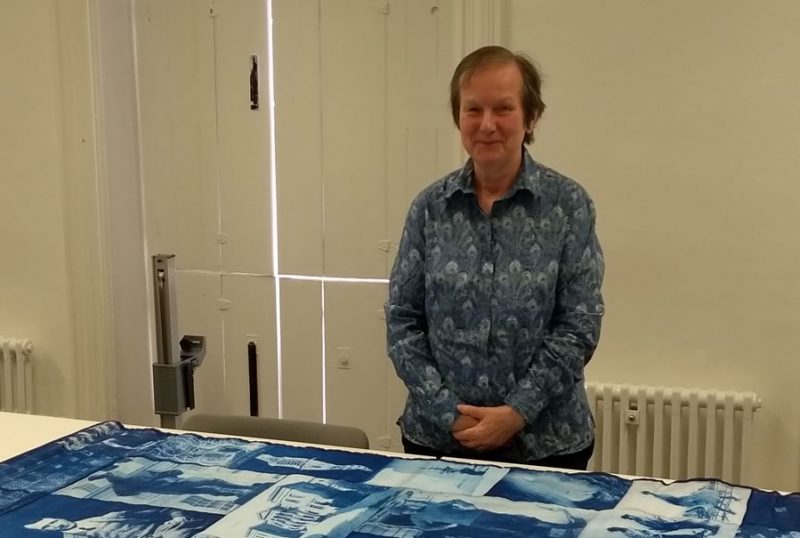It is not a big collection as there has only been an archivist for three years but there are some unique historical artefacts. There are post-mortem records from the 1830s and we have just received a grant from the Wellcome Trust to have the records digitalised up until 1980.
These records give an incredible insight into standards of living. St George’s was primarily a hospital for the poor so the cases detailed in the records showcase the lifestyle of central London at the time. However, because of St George’s proximity to Buckingham Palace, physicians who treated the King also worked there. For this reason, we have a burial shroud which belonged to King George II.
Gray’s Anatomy was written at St George’s and we have an early photo of Henry Gray. Gray never paid his illustrator Henry Carter but Carter went on to have a better life – Gray died of typhoid two years after the book was written.
There are books by and photographs of renowned surgeon John Hunter who died of a heart attack after a particularly difficult board meeting at the hospital – nothing changes! He was not regarded as a nice man and both he and his brother William are believed to have had bodies delivered to the back door of the hospital.
We can also glimpse the evolution of women in medicine from the archives. The Hospital Gazette states some female medical students were allowed to use the medical school for exams in 1890 but women were not allowed to attend St George’s itself until the 1920s. It was very much an old boys’ club with sons automatically following their fathers into the school with little regard of their academic prowess.
